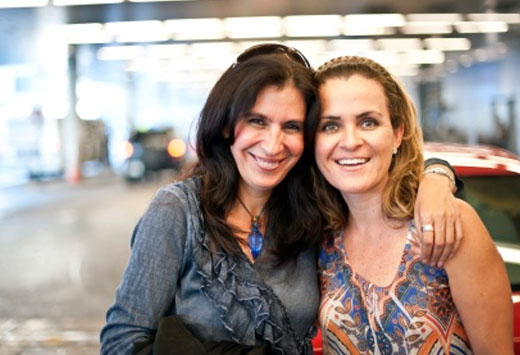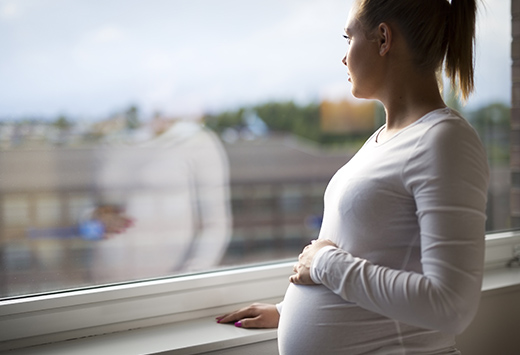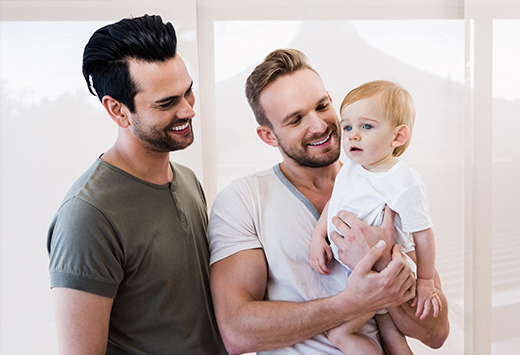As prospective parents looking into adoption, deciding which adoption type is best for you can be overwhelming. There are many different options, with wide variances in wait times and cost. That’s why, in this article, we’ll discuss the pros and cons of some of the options available to potential adoptive parents, in the hopes of making your decision a little easier.
Determining Your Adoption Preferences
Many prospective parents go into the adoption process with a very specific idea of the baby that they want, thinking that it will speed up the process. In reality, however, the more particular you are about what kind of child you want to adopt, the slower the process will be.
For example, many people want to adopt infants, but there are far fewer infants available for adoption than there are people who want to adopt them. This means that wait times for infants can take years. If you are willing to be flexible with your preferences and adopt an older child, or a minority child, or a child with special needs, you’ll get through the adoption process much faster.
The First Choice: How to Adopt
There are four primary ways that adoptive parents can pursue adoption, all of which have different requirements and costs associated with them. Three of these are domestic adoption options, which are: foster care adoption, private agency adoption, and independent adoption. The final of the four is international adoption.
-
Foster care. This is typically the cheapest and quickest path to adoption, since foster care adoptions are usually completed by parents who are already fostering the child they want to adopt, or they are adopting a child who lives in the same state/country they do. The government will often cover any adoption fees and may even provide you with a stipend after the child is put into your care, meaning that this form of adoption may cost nothing at all.
-
Private agency adoption. Adopting through a private agency can be very time-consuming, but having the help and guidance of professionals is often worth it. This path is mainly used for the adoption of infants, which is why it can take so long to get approval and placement. The cost can range between $15,000 and $50,000.
-
Independent adoption. Again, typically preferred by prospective parents who are looking to adopt a newborn, independent adoption is when a child is adopted through a direct legal agreement between the adoptive family and the birth family, facilitated by an attorney. The cost of that can vary widely depending on the attorney and court fees, and other costs.
-
International adoption. Parents pursuing international adoption can generally expect to wait anywhere from 2 to 7 years for placement. This is primarily because, when adopting internationally, parents not only have to meet the requirements and fill out paperwork for their home country, but for the child’s home country as well. Plus, international adoption requires submitting applications for citizenship for the child.
The Second Choice: Contact After Adoption
Another thing to consider is how much interaction there will be between the birth parents, adoptive parents, and children after the adoption is finalized. These days, the vast majority of adoptions in the US are open adoptions, which means that there is some sort of communication allowed between the birth parents and the adoptive parents.
What this looks like depends on how comfortable either party is with interaction. It can just be letters or pictures sent, or it could mean actual visits from the birth family. Before finalizing the adoption, it’s a good idea to discuss with your agency and with the birth family how open you want the relationship to be. If you want, you could even have a legal contract written up, which both of you will sign.




